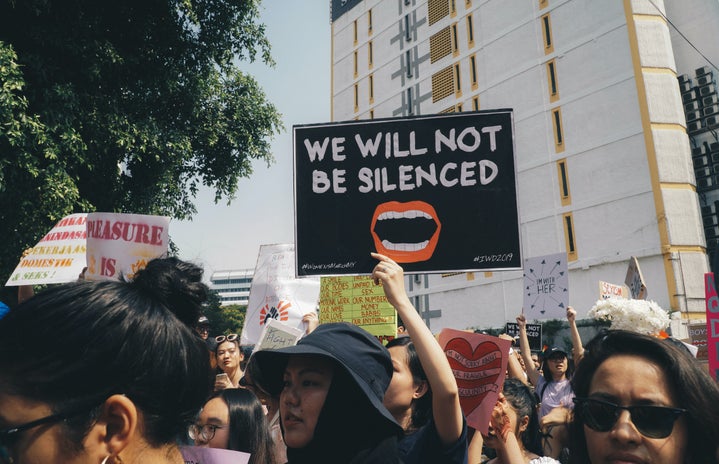In the words of Ruth Bader Ginsburg, “as women achieve power, the barriers will fall. As society sees what women can do, as women see what women can do, there will be more women out there doing things, and we’ll all be better off for it.”
March is Women’s History month, so here’s some history of how it came to be:
Women’s History Month was started by the school district of Sonoma, California as a local “Women’s History Week” celebration in 1978. Since March 8 was already International Women’s Day, they chose that week to celebrate. The next year, the movement was picked up country-wide by other communities, schools, and organizations.
In 1980, women lobbied for national recognition for Women’s History Week and were successful. In February 1980, President Jimmy Carter declared the week of March 8, 1980, as National Women’s History Week. Each year, a new lobbying effort by thousands of individuals and hundreds of organizations was needed to keep the tradition going.
The presidents that followed Carter also declared National Women’s History Week annually. By 1986,14 states had declared March as Women’s History Month, and this momentum led to Congress passing a law in 1987 officially designating March as Women’s History Month.
Why do we celebrate?
Women’s History Month is a month to look back on typically-overlooked contributions of women in our history. The list is long, but here are a few you may or may not know. In 1776, Abigail Adams pleaded with her husband to “remember the ladies and be more generous and favorable to them than your ancestors” when he was creating a government for the colonies. In 1916, Margaret Sanger opened the first birth control clinic in the United States. In 1983, Sally Ride became the first American woman in space. In 2021, Kamala Harris was sworn in as the first woman and first woman of color vice president of the United States.
Barriers have been torn down by women for years and years, and it’s easy to sit back and think the job was well done. But the work is not over yet. The gender pay gap has remained at women earning 92 cents for every man’s dollar for the past 20 years. 24 states have taken away women’s reproductive rights or are trying to since the overturn of Roe v Wade. Every month in the US, about 70 women are killed by an intimate partner.
This year’s Women’s History Month is as important as ever. Take the time to look back at those who came before because there is still so much left to fight for.


